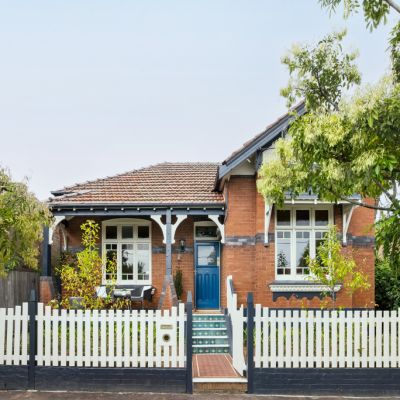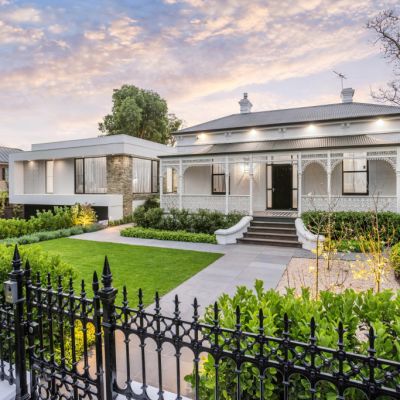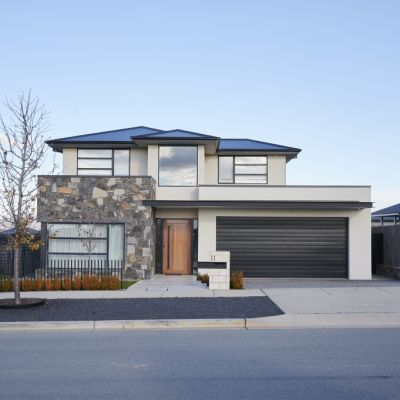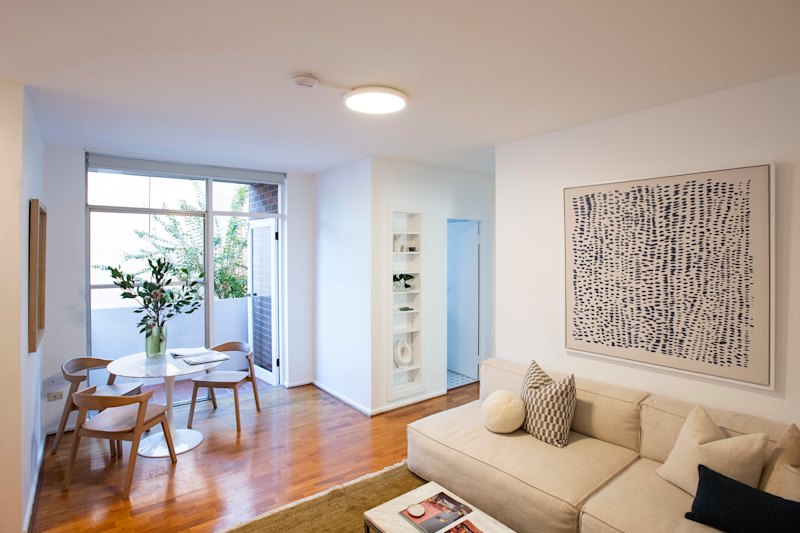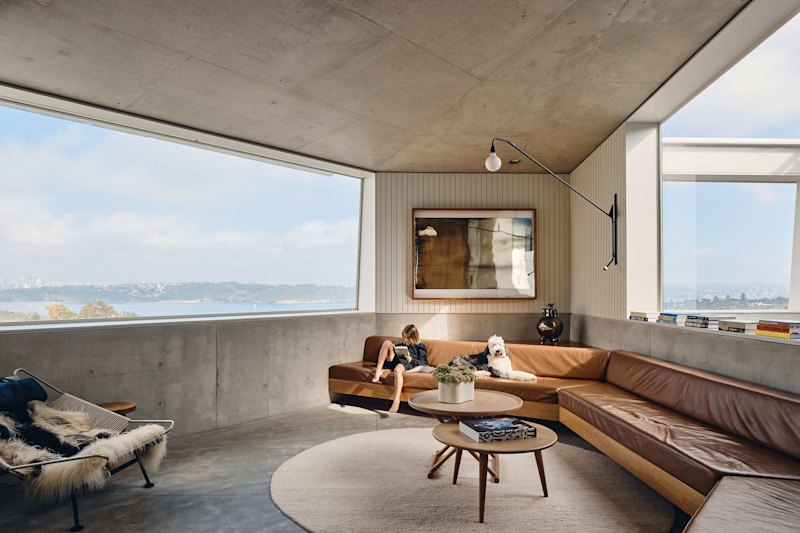Unit rental price growth is surpassing house price growth. Is this normal?
There’s been a noteworthy change in the rental market landscape with growth in unit rent prices outpacing that of houses, according to a new report. Is this normal or a blip in the market?
The latest Domain Rent Report revealed there was a distinct difference in the growth rates between the two housing segments. The combined capitals’ median unit and house rent prices both came in at $600 a week, up 20 per cent year-on-year for units and 9.1 per cent for houses.
The report measured several new peak unit prices across the capital markets, with five cities posting annual increases greater than that of houses.
Sydney reigns supreme as the most expensive city in which to rent a unit at $680 a week, up 17.2 per cent year-on-year. The city’s median house rent is $730 a week, up 12.3 per cent on the previous year.
Melbourne’s median asking price for a unit is $520 a week, up 15.6 per cent year-on-year, and $650 for a house, up 14.6 per cent.
“What we’ve got now is a split down the middle, with five cities seeing stronger rates of growth for units compared to houses, and reversing for other cities,” says Domain chief of research and economics Dr Nicola Powell.
“We saw great affordability during the pandemic, particularly in the unit market. That has completely changed now because we’ve got record highs across most of our capital cities for unit rents, so I think that affordability conversation has morphed and changed over the last two years.”
Melbourne business development manager Taylah Cagalj of RT Edgar Toorak says unit rental prices during the pandemic were “incredibly affordable”.
“A lot of the apartments listed during that time were reduced way below market value during COVID because nobody wanted to rent them,” she says. “Now that things have returned to normal, rent prices have only returned to those [pre-pandemic] prices.
“We’re seeing multiple applications [for] apartments, big lines and people who are desperate to secure a lease. Some tenants are offering between $10 and $20 above the asking price a week, and some want to pay a couple of months’ rent upfront to stand out from the crowd.”

The high demand has created a tight vacancy rate across the board. While Canberra had the highest vacancy rate of 2 per cent and Adelaide and Perth recorded the lowest at 0.4 per cent, this was the lowest in December for those cities.
Property manager Monique Fildes of Ray White Adelaide City says she is not surprised by Adelaide’s performance given the number of people moving to the city.
“A lot of people are coming into Adelaide and realising what a gem it is and everyone wants a piece of it,” she says.
“There’s a lot of jobs here so we’ve seen a lot of transfers into Adelaide … a lot of infrastructure going on including mining, hospital work and even some government construction going on.”
Powell says she is concerned about the vacancy rates in Perth and Adelaide, given that “it’s a busy changeover period”.
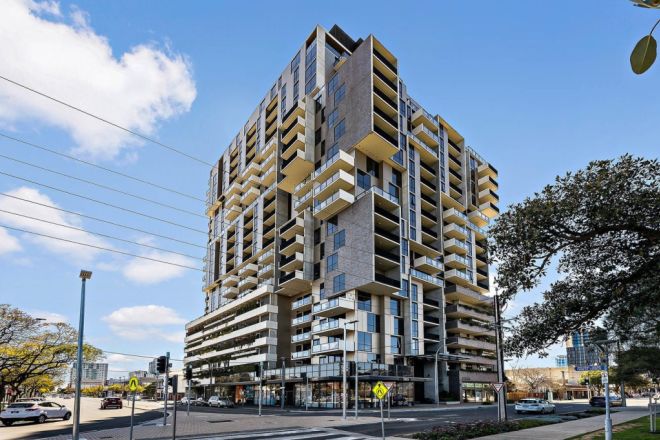
“We’ve seen these two cities record a vacancy rate below 1 per cent for about three years now,” she says. “That is highly alarming and very concerning.
“It’s the longest stretch of rising rents Perth has ever seen and Adelaide is similar, with 14 consecutive quarters of rent growth for houses. These are big headlines and it’s still a very tight vacancy rate so it means that a lot needs to happen in those rental markets to shift the dial for tenants.”
While there has been an influx of tenants rushing to secure a rental, Cagalj says the lack of supply has also contributed to the spur in activity.
“We have investors selling up because holding an investment at the moment is a privilege almost because there’s land tax. And if there are compliance issues that need to be done, many investors are out of pocket – especially if they have to renovate older properties,” she says.
“There are still affordable apartments … but everything’s gone up. Apartments haven’t gone up by hundreds but they have gone up to pre-COVID prices and unless we have more rentals on the market, I don’t see that changing.”
We recommend
States
Capital Cities
Capital Cities - Rentals
Popular Areas
Allhomes
More
